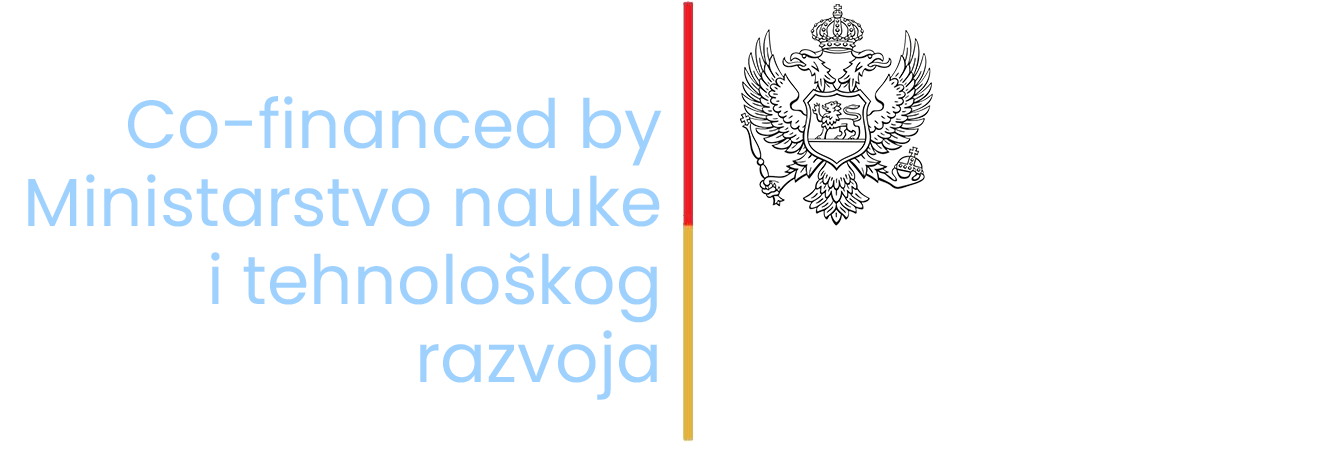ICT Cortex – compass for digital transformation of Montenegro

On March 9, 2021, the European Commission presented the vision and directions of the digital transformation of Europe until 2030. You can find the original announcement at this link, and […]


